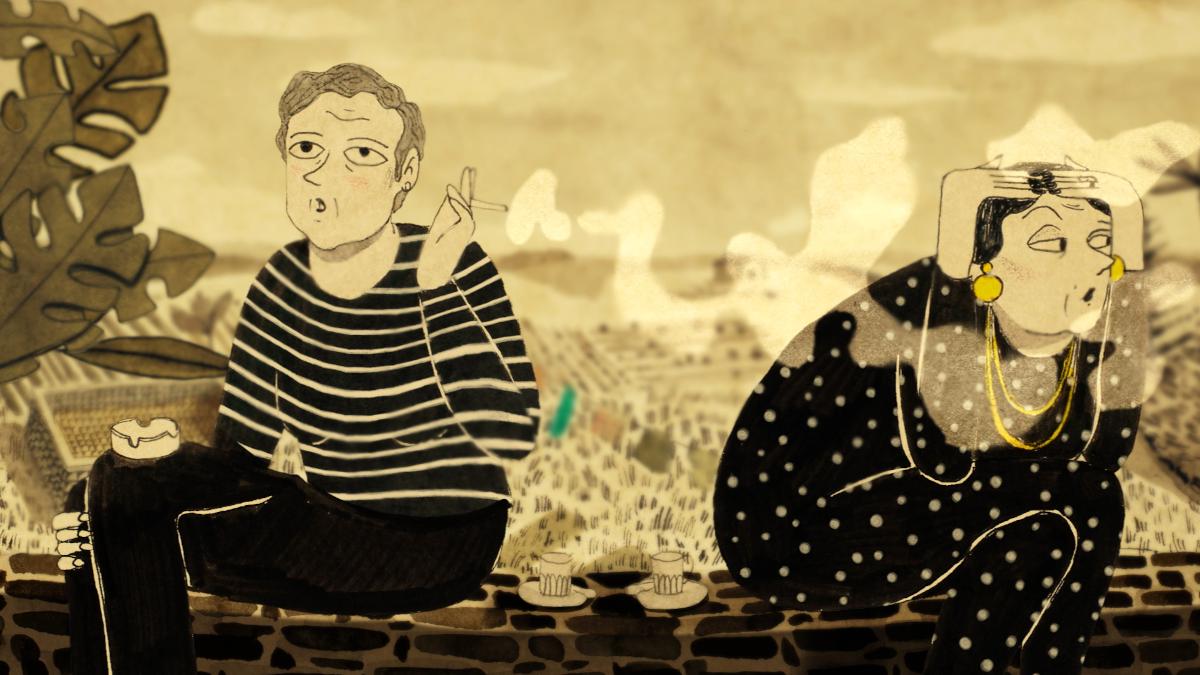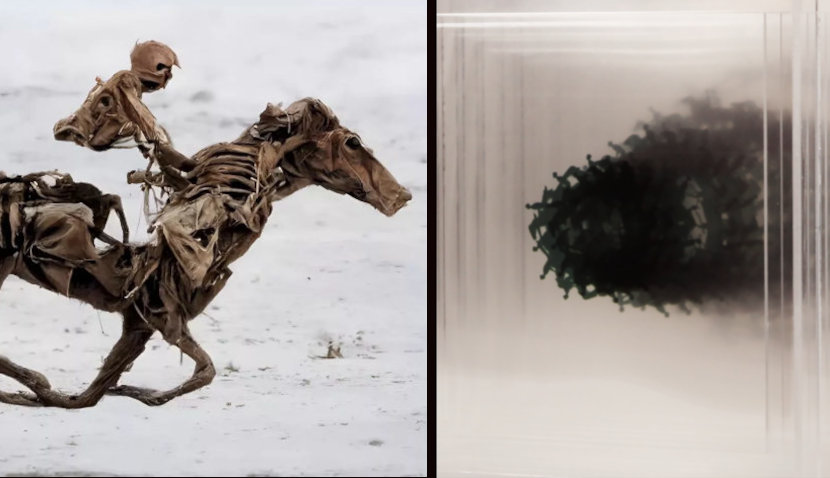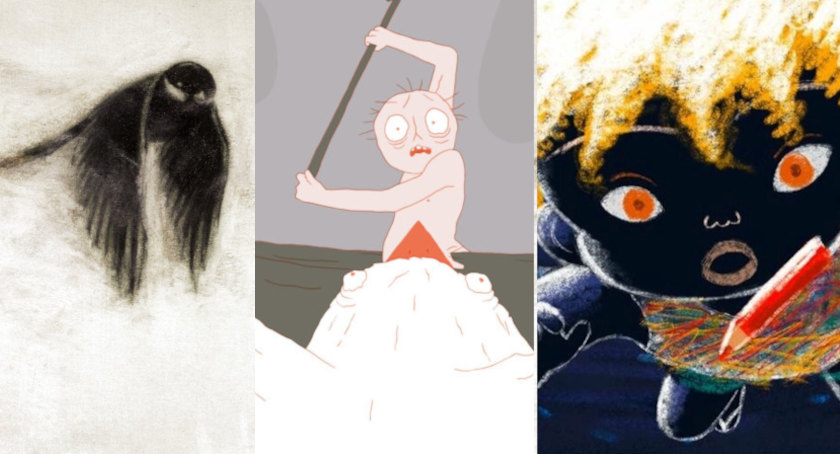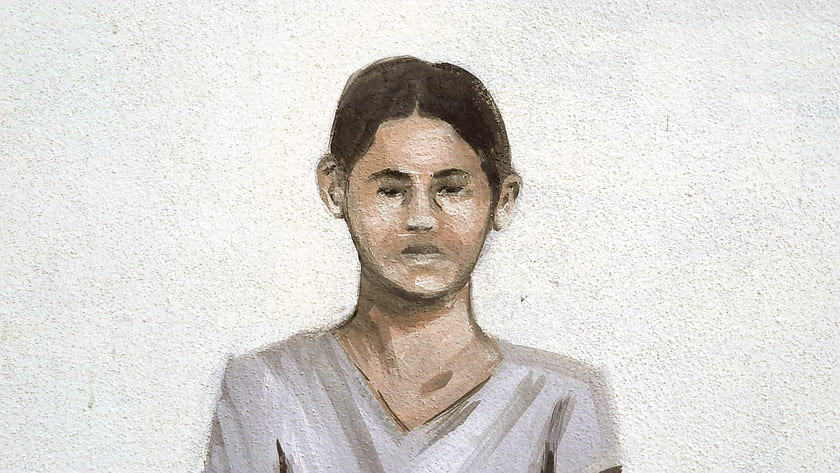Davide Freitas Talks About The 7 Boxes: Critical And Playful
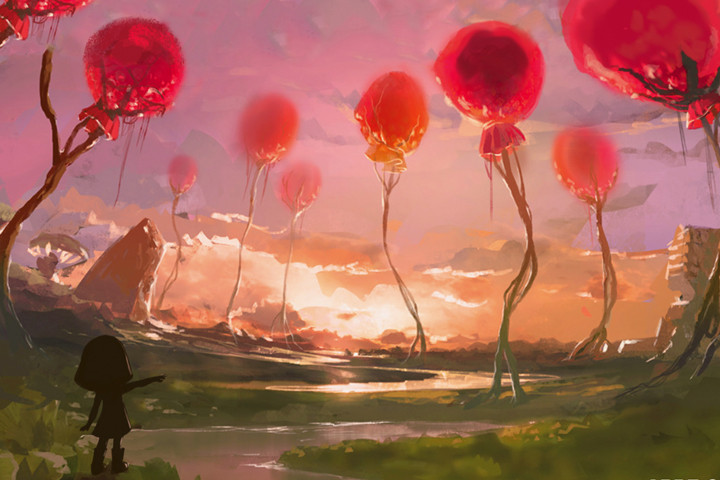
In the last 3D Wire edition, I attended the presentation of the TV series project, The 7 Box, from the Portuguese production company ANIMAIS AVPL, and talked with one of the producers, Davide Freitas, to know a little more about the upcoming series.
The 7 Boxes tells a story that unfolds in a futuristic and post-apocalyptic environment, where technology watches over and controls children's lives. In this scenario, we accompany the lives of four children who live together, with their own aspirations and internal worlds, where everything is related.
"OPEN YOUR EYES AND DREAM
Our intention in making this series is to make kids understand that the wonders of technology should be a tool to foster creativity and ease communication, not a prison".
Watch the teaser here
ZF: The proposal of The 7 Boxes, seemed very interesting but complex, showing a critical aspect at the same time. I'd like you to talk a little more about the series, how you build up the relationship of the characters, and what led you to that idea and the decision to develop it.
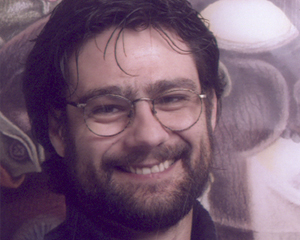 DF: The inspirational idea came from Nuno Amorim, when he observed his daughter watching TV for several hours. He has an old short, The Black Box, in which Nuno already addressed this theme. However, there is much more to develop beyond this first approach, so the idea came up to develop it in a series. So, we have technology as the backdrop: smart TVs, smartphones, and tablets have changed the interrelationship among the children and between children and their parents. Combined with the premise of "children protection" (which we tend to do), the series was an opportunity to bring all these elements together at the story center.
DF: The inspirational idea came from Nuno Amorim, when he observed his daughter watching TV for several hours. He has an old short, The Black Box, in which Nuno already addressed this theme. However, there is much more to develop beyond this first approach, so the idea came up to develop it in a series. So, we have technology as the backdrop: smart TVs, smartphones, and tablets have changed the interrelationship among the children and between children and their parents. Combined with the premise of "children protection" (which we tend to do), the series was an opportunity to bring all these elements together at the story center.
On the other hand, there is another situation ... but I will not reveal much ... There is a whole parallel plot that develops against the background of the technological issue: to what extent technology is interesting, it is a medium and not an end in itself. It is a way of providing plays and games in the child's playfulness, and in the relationship with adults.
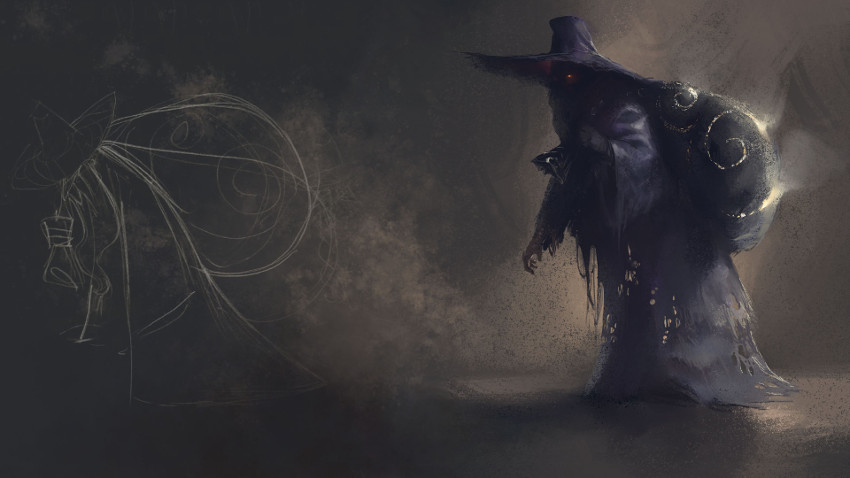
It does not demonize technology, but rather observes it as something that can add, not subtract some characteristics and qualities of childhood. And it is what the characters rediscover throughout history: Pandora discovers painting (and through painting, a new universe); Andrew discovers the music, while Ana, the dreams (and a gallery of invented characters) and Kiko creates new things (with his way of putting pieces together). So, the story goal is to rediscover things beyond technology.
Other plot that develops from the moment that the children open their universes, and they get to know the universes of each character of history: the City of the Boxes itself (from Whiteface, the control freak), the Lost Toys Box (from Sackman, a mysterious character), the Time Box (from G12M0, who is a giant robot created by Whiteface to help control the drones, who watch over the kids), and the Paint Box, Dream Box, Tool Box and Music Box (from each child). In this discovery process about what children really like - as they are going to get into each other's world - they will find new ways of interacting and playing, but something will happen with Pandora, which will make her realize (but not understand) that she plays an important and central role in the existence of the City of Boxes. This role is related to WhiteFace, which controls the city from the White tower, and the other character: Sackman. Although, this is something that will be revealed at the end ... Anyway ...
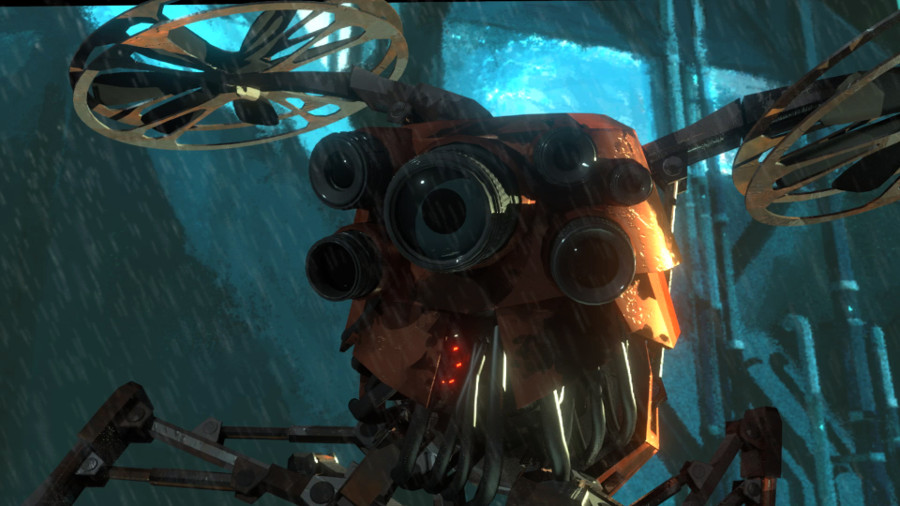
Basically, what is being perceived, is that these characters have a relationship, which goes beyond the context of the history of the City of Boxes. However, we do not mention that in the presentation. As the series has a dystopian and apocalyptic look, the story was "left there", at that moment. Logically it is a project, something dynamic, and we are fine-tuning the treatment. Things will be modified, primarily to create interest along with visual, for a audience from 6 to 11 years old. This children's adventure is going to make history.
ZF: This contrast is also interesting, the playful and colourful universe of children, and the dirty, technological, closer to our reality ...
DF: Yes, even for this reason, the series will be developed in 2D and 3D. Everything within the City of Boxes will be in 3D; and the imaginary and alternative universes will be in 2D. There will even be a graphical language that will enforce this distinction. And we will do it harmonically, that is, by marking the differences, but without creating cuts. The goal is to add a different language and show that there are different worlds: the City of Boxes and those imagined by the characters (freer, looser and less confined).
ZF: A thing you commented upon is the visual difference between the characters ...
DF: Yes, and this is noticed in the teaser, there is a graphic difference between the children - Pandora, Andrew, Ana and Kiko - and Sackman, but we want this difference softer. This is one of the reasons we are looking for a creative partner in 3D to help us to get to that representation, according to what Nuno wants and expects in character terms. The models-sheets of the 2D characters are already defined.
ZP: And do you have any forecast for episodes and seasons to The 7 Boxes?
DF: What we think is to get to the end of seven episodes to have a solution to the created plot. Now, the way this ending happens allows a continuation of the story. However, with a differentiated approach. In other words, we will start from the same premise, but with a different treatment. The series has the potential to present, for example, three seasons, with three different stories, but maintaining a connection between them. What, in my perspective makes it richer than those that go on stretching over time.
ZF: And you have already thought about the licencing possibility: creation of games, toys, interaction with VR, ...?
DF - We have already spoken and discussed this subject, but given the investment type, we think that at the moment it is not up to design this kind of derivation. With the financial part of production sorted out, then yes, we will think about that. And even about the contradiction itself... As Samir told me, "we're doing a series that challenges technology, and the series is for TV." Even this contradiction can be explored later.
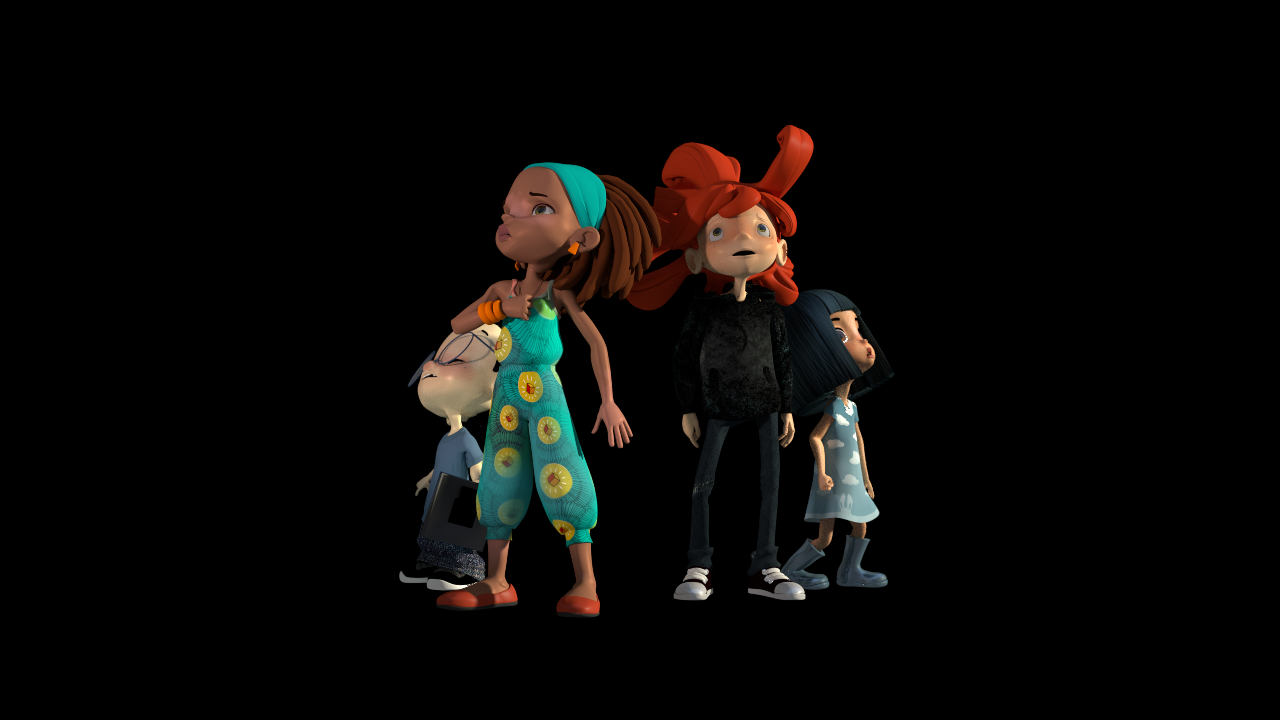
ZP. You are at the beginning of the process of partnerships and financial planning of production, but is there some timetable for when we will see the series?
DF - We are changing the schedule, because we think there are some economic aspects linked to aspects of time and details that should be specific to the series, and we are defining these points because I want the series to have a distinctive character. .. I do not know if you noticed, but all the projects presented (in 3D Wire Market), have an imaginary world, almost all of them had a futuristic environment, here is a "source" we all share ...
ZF: - It is the collective unconscious ...
DF - Yes, in a way ... this leads to other discussion (both laugh)... Although, that's the way it is, we need to give a singularity to The 7 Boxes. Are we going to advance within a model or format that attracts the television, or will we follow a path closer to that, but that allows to develop the concept of author film, so present in the Portuguese animation? That's the reason we've spent more time. However, if everything goes according to planned, by the end of this year we'll have the scripts done (2018), and we'll be dealing with the storyboard. So, after summer 2019, it will allow us to start production. Exactly for all the details and the contradiction (that we are talking about) we needed a little more time ... Everything has to be rebuilt inside, not only palpable and credible but as something also captivating .... not only for the children, as also for the whole family.
ZF - Absolutely, moreover, it is a series that speaks about a real thing. I think that it is attractive, and it takes children to think about themselves playfully.
DF - I think the fundamental history point is the dynamics between the four children, is the sharing. Okay, there is a whole universe where the thing unfolds ... but it is through a set of practices that children (public) already develop, that we can take them to a reflection through action. And this, although the target audience of the series do not yet have the capacity of abstraction of an adult or adolescent.
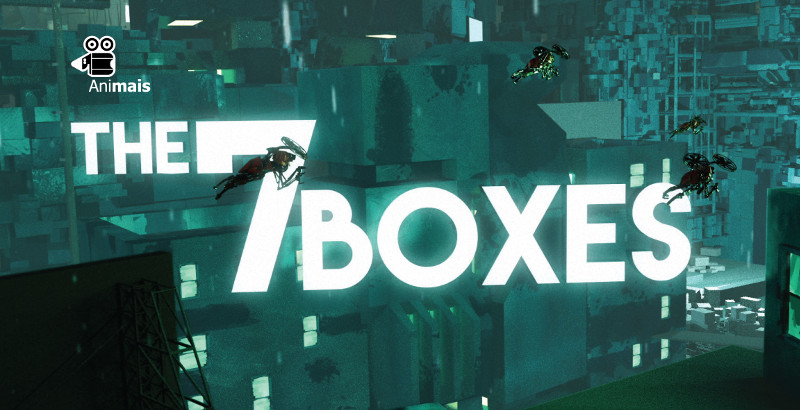
CREDITS:
The 7 Boxes (As7 Caixas)
“As 7 Caixas” (The 7 Boxes) is a mini-series of 7 episodes, 13 minutes each. Its target-audience is children between 6 and 11, but its experimental nature may also appeal to older audiences.
SCRIPT: Nuno Amorim
DIRECTION: Nuno Amorim
PRODUCER: Vanessa Ventura, Davide Freitas
PRODUCTION: Animais, AVPL
FINANCIAL SUPPORT: ICA | RTP
COLLABORATION: IPCA
Eliane Gordeeff
The interview with Davide Freitas was conducted during the 10th edition of 3DWire Animation, Video Games and New Media Market, 4-7 October 2018.




